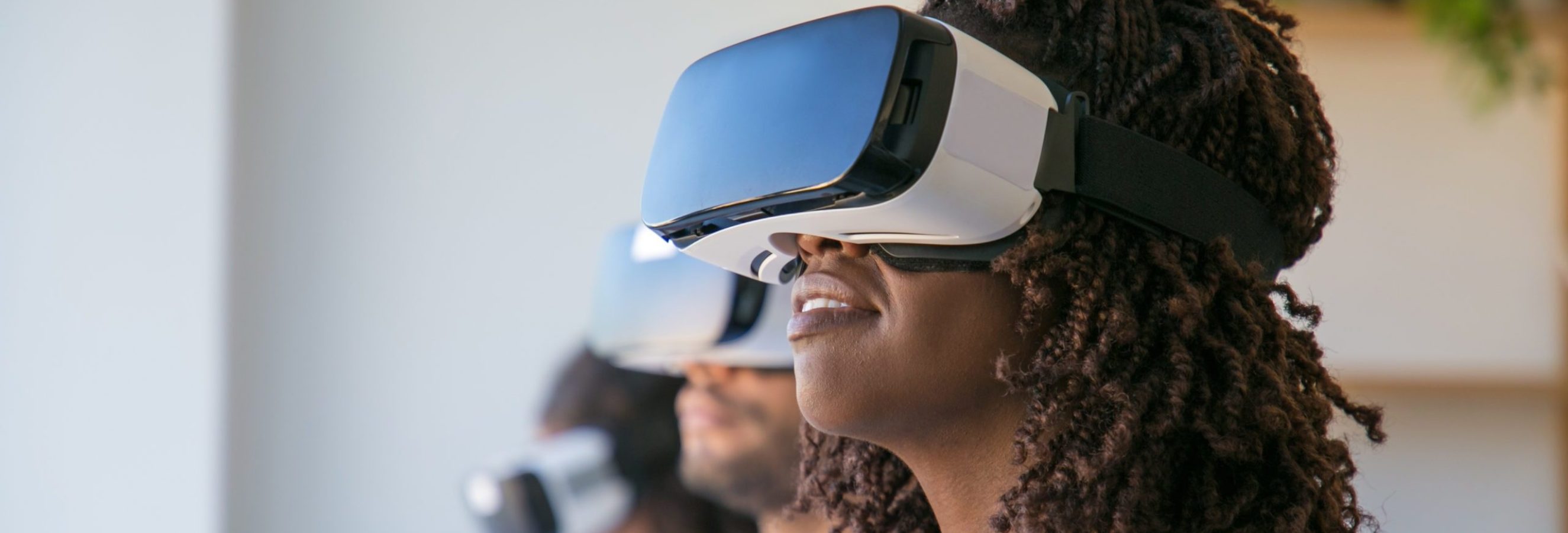When it comes to measuring shopper behavior , the most realistic environment yields the best results; however, in some cases, testing in-store is not a viable environment for conducting shopper research. Setting up experimental designs in-store to understand the sales impact is not practical and risks negative impact to the store, category, and shoppers. So, in lieu of the real deal, how can researchers create agile market research projects that deliver the most accurate results in the shortest amount of time? Cue: Immersive virtual shopping studies.
The Agility and Detail of Virtual Reality Research
How do you know that your signage and displays are making an impact? Are your efforts and investment getting the message across to the right people, or are people not even noticing? Is the planogram doing its best for the category and your brand, or could it be better?
Brands and retailers are always looking to reliably validate how to grow their categories, but in-store observation, sales monitoring, and testing of blue sky ideas with shoppers in-store is not always feasible.
It’s long been established that what shoppers say and what they do are often two very different things. Surveying consumers without testing in a realistic setting means you’re capturing only part of the picture.

How Immersive Virtual Shopping Environments Provide Reliable Results
Consider the coffee category. In some retail outlets, there are over 380 different SKUs on the shelves. That’s an awful lot of noise to compete with. Furthermore, stores aren’t getting any bigger, so how do you make a compelling case to secure incremental facings or your fair share of shelf?
Although testing multiple scenarios for POGs, innovation placement, signage, or other experimental designs are often not feasible in-store, there are alternative testing environments that provide comprehensive, reliable results that mirror in-store shopper purchasing behaviors.
Immersive virtual reality shopping studies overcome the major pitfalls of direct questioning approaches like online surveys, including some you might not have ever considered before, for example:
Testing multiple variables
Unlike setting up physical shelves in a warehouse or on a screen, immersive virtual reality allows shoppers to walk the entire store footprint, capturing what they look at, their path and dwell times across the store, what they consider, and what they ultimately purchase. In understanding all of these behavioral metrics in combination with their stated feedback, testing new store designs, category reinventions, the introduction of new fixtures or signage, etc. are all possible at the click of a button. Furthermore, multiple scenarios can be researched simultaneously, and changes can be made in minutes. Collaborate with internal and external stakeholders and enter the scenarios into testing right away. Objectively provide direction on which of the 15 planograms the team has conceptualized will drive the greatest growth, or determine where displayers should be placed, and whether they should contain innovation or mainline products. The flexibility to validate countless scenarios is a considerable benefit that our clients realize through using 3D virtual reality.
Signage and POS elements
From signage to television screens, dispensers, instant coupon delivery, or display cases, peripheral elements are plentiful (and potentially distracting) in stores. VR with eye tracking gives researchers the ability to test each of these elements, adjust sizing and positioning, or remove them altogether, and test what works best to draw the shopper’s attention. Wondering if you’re over or under investing? VR with eye tracking is a perfect way to understand what shoppers notice, and what balance of POS materials provide the greatest impact to the basket.
Agility
While immersive VR environments are a fantastic solve for validating in-store changes, to date they have often been expensive and time consuming. There’s a strong business case for making the investment in large in-person samples and applying this level of rigor for certain high profile initiatives, or those requiring significant capital investment, etc.; however, VR research can also be used for agile, quick turn validations. Using Explorer’s comprehensive database of 3D modeled fixtures, products, store footprints, and more, reliable results that mimic in-store purchasing behavior can be ascertained in days or weeks rather than months.
The intuitive, familiar, and natural settings created in our VR studies give shoppers the most realistic and immersive experience and provide our clients with the flexibility to test variables, increase sample size, and gain true insights into consumer behavior. Quick to deploy and cost-effective, our VR solutions help to broaden your research capacity and enrich the quality of your results.
For more information about Explorer Research’s immersive virtual shopping study solutions, get in touch with our team today.

